
Pigeon Island National Park: A Journey Through Time and Nature
Discover the rich history and natural beauty of Pigeon Island National Park in Saint Lucia. Explore ancient forts, hike scenic trails, and relax on pristine beaches.
Pigeon Island National Park in Saint Lucia is a captivating blend of history and natural beauty. This 44-acre park offers visitors a chance to explore the ruins of an 18th-century British fort, which played a key role in the naval battles between the French and the British. As you wander through the park, you can almost hear the echoes of the past and imagine the lives of the soldiers who once stood guard here. The park is not just about history; it is also a haven for nature lovers. With stunning vistas of the Caribbean Sea, lush greenery, and a variety of wildlife, Pigeon Island is a paradise for hikers and photographers. The two main peaks, Signal Hill and Fort Rodney, provide breathtaking views that are worth the climb. On a clear day, you can even see the neighboring island of Martinique. For those looking to relax, the park's pristine beaches offer a perfect spot to unwind. The golden sands and crystal-clear waters make it an ideal location for swimming, snorkeling, and picnicking. Whether you're a history buff, nature enthusiast, or simply seeking a tranquil escape, Pigeon Island National Park has something for everyone.
Local tips in Pigeon Island National Park
- Wear comfortable shoes for hiking, as the trails can be steep and rocky.
- Bring plenty of water, especially if you plan on climbing to the peaks.
- Visit early in the morning to avoid the midday heat and enjoy the park with fewer crowds.
- Don't forget your camera; the views from Signal Hill and Fort Rodney are spectacular.
- Consider hiring a local guide to learn more about the park's rich history.
- Pack a picnic to enjoy on the beach, but be sure to clean up after yourself to keep the park beautiful.
Pigeon Island National Park: A Journey Through Time and Nature
Pigeon Island National Park in Saint Lucia is a captivating blend of history and natural beauty. This 44-acre park offers visitors a chance to explore the ruins of an 18th-century British fort, which played a key role in the naval battles between the French and the British. As you wander through the park, you can almost hear the echoes of the past and imagine the lives of the soldiers who once stood guard here. The park is not just about history; it is also a haven for nature lovers. With stunning vistas of the Caribbean Sea, lush greenery, and a variety of wildlife, Pigeon Island is a paradise for hikers and photographers. The two main peaks, Signal Hill and Fort Rodney, provide breathtaking views that are worth the climb. On a clear day, you can even see the neighboring island of Martinique. For those looking to relax, the park's pristine beaches offer a perfect spot to unwind. The golden sands and crystal-clear waters make it an ideal location for swimming, snorkeling, and picnicking. Whether you're a history buff, nature enthusiast, or simply seeking a tranquil escape, Pigeon Island National Park has something for everyone.
When is the best time to go to Pigeon Island National Park?
Iconic landmarks you can’t miss
Diamond Falls Botanical Gardens & Mineral Baths
Experience the beauty of tropical flora and rejuvenating mineral baths at Diamond Falls Botanical Gardens in Saint Lucia.
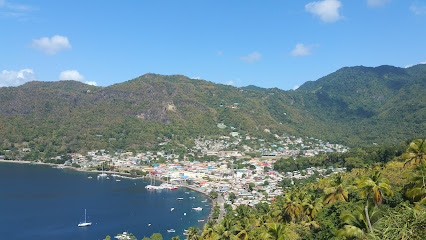
Tet Paul Nature Trail
Discover the breathtaking beauty of St. Lucia at the Tet Paul Nature Trail, where lush landscapes meet stunning views of the Pitons.
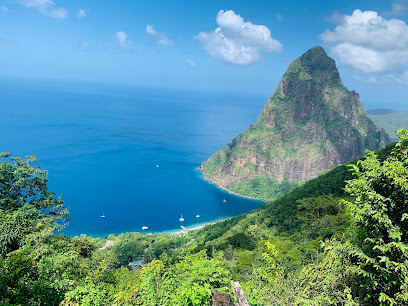
Morne Coubaril Historical Adventure Park
Explore the rich heritage of St. Lucia at Morne Coubaril Historical Adventure Park, where adventure meets culture in a stunning tropical setting.
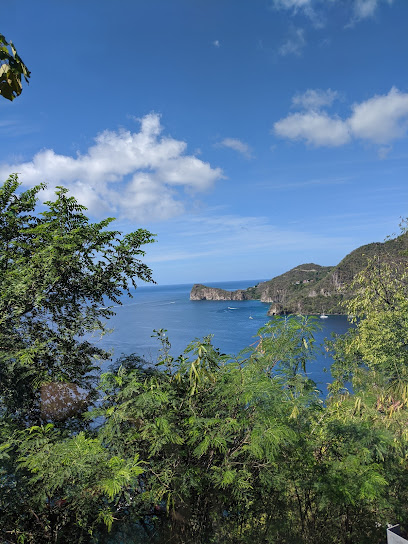
Gros Piton Nature Trail
Explore the breathtaking Gros Piton Nature Trail in St. Lucia, where adventure meets stunning views and rich biodiversity.
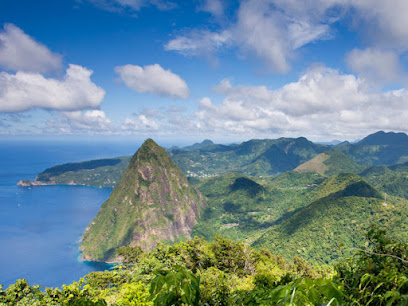
Fort Rodney
Experience the historical allure and breathtaking views at Fort Rodney, a must-visit attraction on Pigeon Island, St. Lucia.
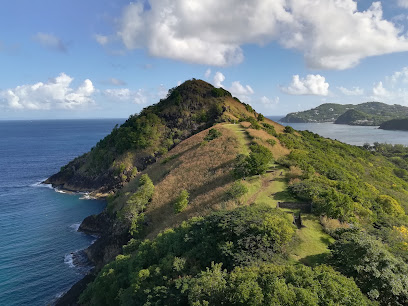
Rodney Bay
Discover the breathtaking charm of Rodney Bay, a tropical gem in Saint Lucia, where stunning beaches meet vibrant culture and unforgettable adventures.
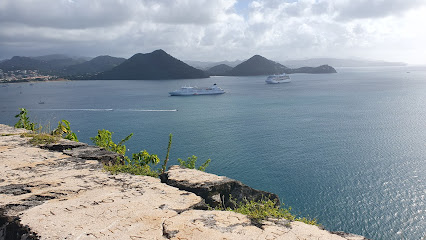
Splash Island Water Park St. Lucia
Experience excitement at Splash Island Water Park in St. Lucia, with thrilling slides, lazy rivers, and family-friendly fun by the Caribbean Sea.
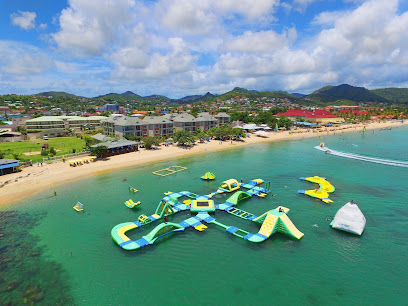
Pigeon Island
Experience the breathtaking beauty and rich history of Pigeon Island, a tropical paradise in St. Lucia perfect for adventure and relaxation.
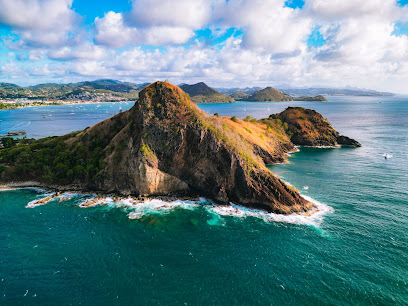
Signal Peak
Discover breathtaking views and rich history at Signal Peak, a stunning landmark in St. Lucia's Pigeon Island National Landmark.
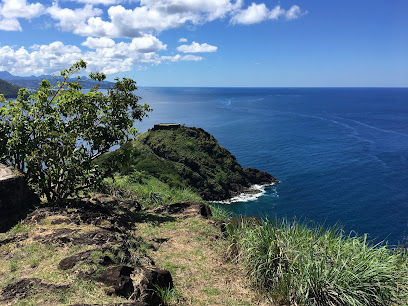
Jambe de bois
Discover the heart of St. Lucia's culinary scene at Jambe de Bois, where authentic Caribbean flavors meet stunning seaside views.
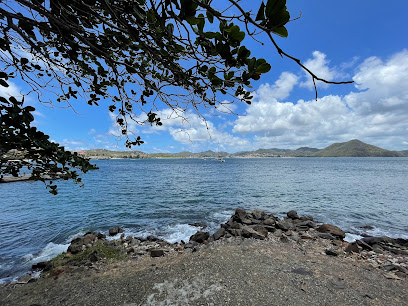
Gros Islet Beach
Discover the captivating beauty of Gros Islet Beach, a vibrant Caribbean destination perfect for relaxation, adventure, and cultural experiences.
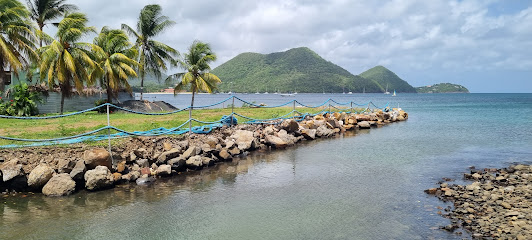
Pigeon Island Beach
Explore the pristine shores of Pigeon Island Beach in St. Lucia, where relaxation meets adventure amidst stunning Caribbean beauty.
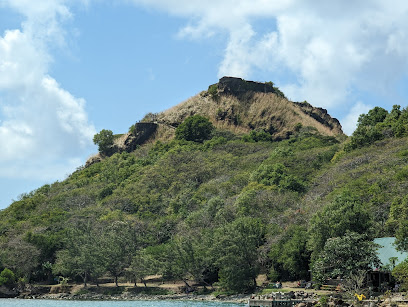
Bideau Park
Experience the serene beauty and historical significance of Bideau Park, a cherished landmark in Castries, St. Lucia.
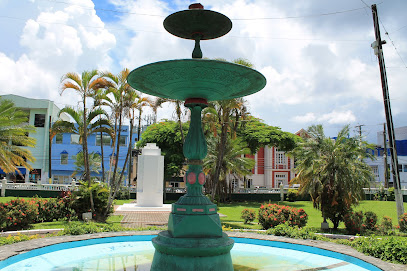
Mt. Pimard Trail
Discover the breathtaking beauty of Mt. Pimard Trail in Rodney Bay, St. Lucia, an unmissable hiking experience amidst stunning landscapes and panoramic views.
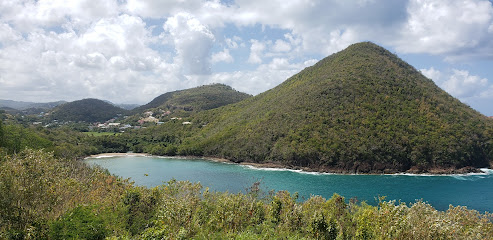
Maria Islands Nature Reserve
Explore the breathtaking Maria Islands Nature Reserve, a hidden gem in St. Lucia showcasing unique ecosystems, diverse wildlife, and stunning landscapes.
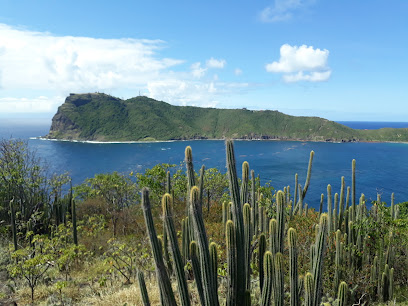
Unmissable attractions to see
Montravail Forest
Discover the tranquility and beauty of Montravail Forest in Martinique, where lush landscapes and diverse wildlife await your exploration.
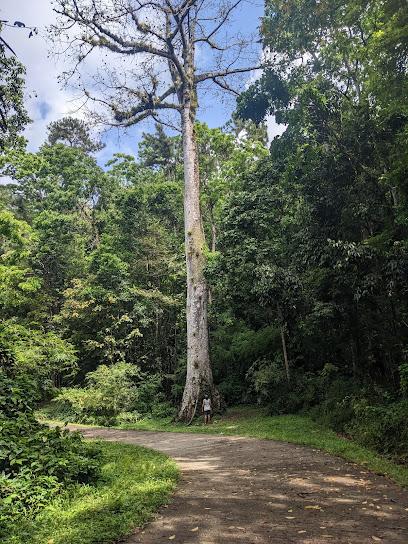
Jus' Sail
Explore the stunning Caribbean waters at Jus' Sail, the perfect destination for unforgettable sailing adventures in St. Lucia.
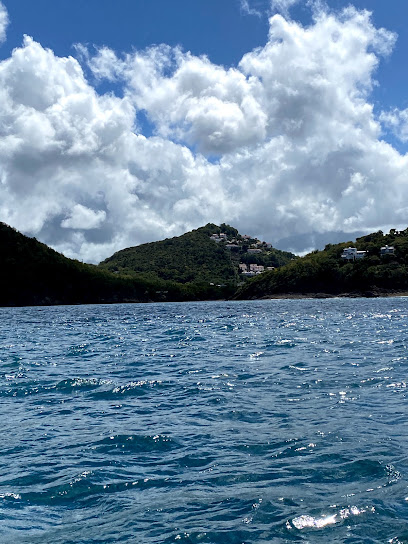
La Toc Battery
Explore La Toc Battery: A historical landmark in St. Lucia offering stunning views and rich insights into the island's colonial past.

Garden
Explore the mesmerizing beauty of the Garden in Gros Islet, where vibrant flora meets serene landscapes in the heart of St. Lucia.
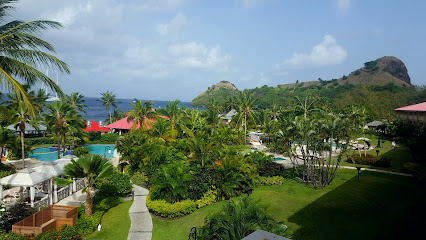
St Lucia Sea Trek Adventure at Pigeon Island
Experience the underwater wonders of St Lucia with the Sea Trek Adventure at Pigeon Island, perfect for all ages and skill levels.

Fond d'Or Nature Historic Park
Explore the rich cultural heritage and natural beauty of Fond d'Or Nature Historic Park in Lemeiere, St. Lucia, a must-visit for every traveler.

Essential places to dine
Spinnakers Beach Bar And Carvery
Experience Caribbean flavors at Spinnakers Beach Bar And Carvery in Gros Islet - perfect for food lovers seeking beautiful beach views.

Big Chef Steakhouse
Experience unparalleled dining at Big Chef Steakhouse in Rodney Bay - where exquisite steaks meet vibrant Caribbean ambiance.

The Coal Pot Restaurant
Discover exquisite seafood at The Coal Pot Restaurant in Castries, St. Lucia – where local flavors meet stunning waterfront views.
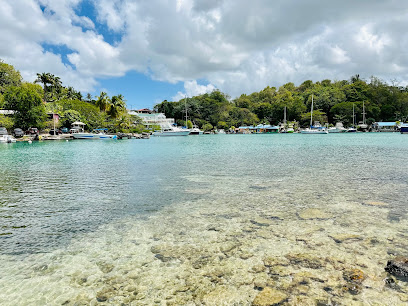
Matthew's Rooftop Restaurant
Experience exquisite local cuisine with breathtaking sea views at Matthew's Rooftop Restaurant in Rodney Bay, St. Lucia.
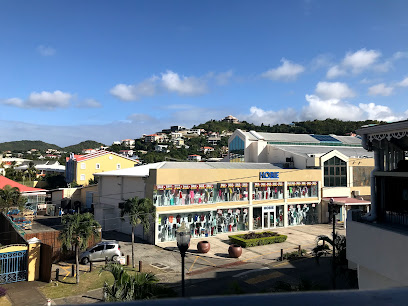
Naked Fisherman Restaurant
Discover the culinary delights at Naked Fisherman Restaurant in St. Lucia - where fresh seafood meets breathtaking ocean views.
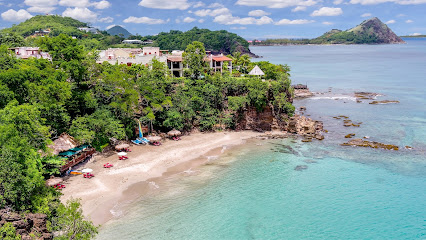
Flavours Of The Grill
Experience the vibrant flavors of St. Lucian cuisine at Flavours Of The Grill in Bois D'Orange Gros Islet—where every bite tells a story.
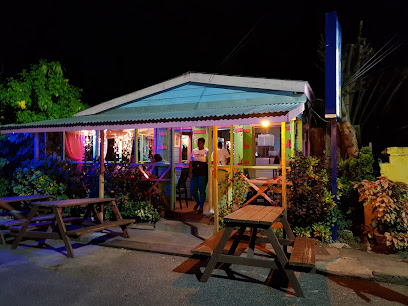
Pink Plantation
Discover the exquisite flavors of St. Lucia at Pink Plantation – where culinary artistry meets stunning island views.

Golden Taste Restaurant
Experience authentic Caribbean cuisine at Golden Taste Restaurant in Gros Islet - a must-visit culinary destination for every traveler.
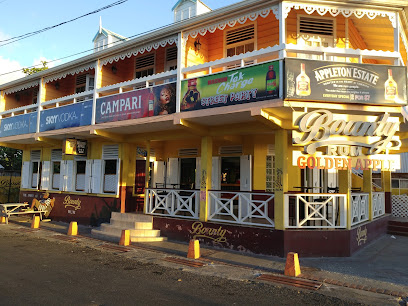
Chateau Mygo House of Seafood
Experience fresh seafood with breathtaking views at Chateau Mygo House of Seafood in Marigot Bay, Saint Lucia.
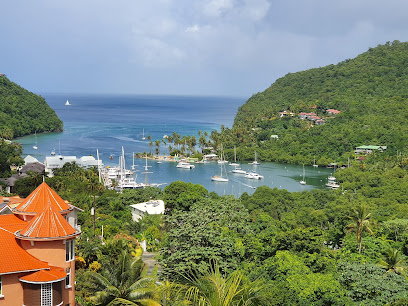
Jacques Waterfront Dining
Experience modern French cuisine with breathtaking ocean views at Jacques Waterfront Dining in Rodney Bay, St. Lucia.
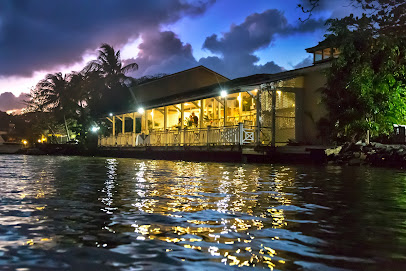
The Blackbird
Experience authentic Caribbean flavors at The Blackbird in Vieux Fort, where every meal tells a story of local culture and culinary artistry.
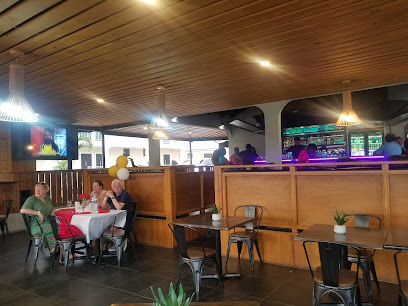
Marie's Fish Shack
Savor fresh seafood at Marie's Fish Shack in Rodney Bay - where Caribbean flavors meet stunning ocean views.
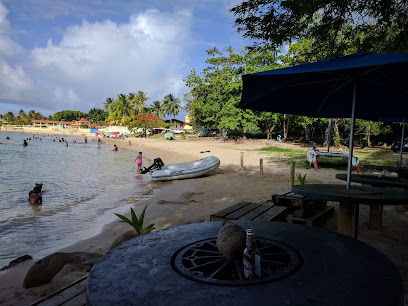
Hardest Hard Restaurant & Bar
Experience the best of Caribbean flavors at Hardest Hard Restaurant & Bar in Charlotte, St. Lucia - where great food meets stunning views.
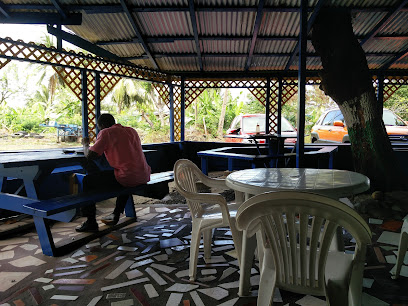
The Cliff at Cap
Discover culinary excellence at The Cliff at Cap - where exquisite flavors meet breathtaking ocean views in St. Lucia.
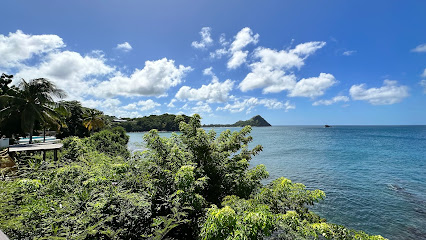
Si-Si Zebe/Prudy's Escape
Discover Si-Si Zebe/Prudy's Escape in Gros Islet – your perfect Caribbean bar retreat with vibrant cocktails and local flavors.
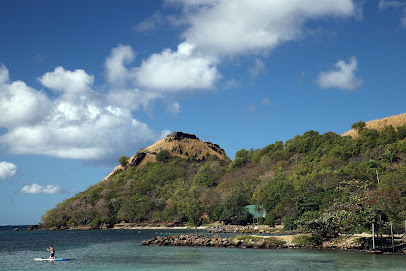
Markets, malls and hidden boutiques
Sandals Grande St. Lucian
Discover the ultimate luxury getaway at Sandals Grande St. Lucian, where romance meets paradise in St. Lucia's stunning landscapes.

Castries Market
Immerse yourself in the vibrant culture of St. Lucia at Castries Market, where fresh produce and local crafts come alive in a colorful bazaar.
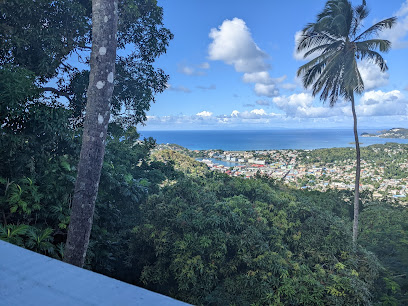
Baywalk Shopping Mall
Discover the vibrant Baywalk Shopping Mall, a shopping and dining paradise in Rodney Bay, St. Lucia, blending local culture with modern retail.

Windjammer Landing Resort and Residences
Experience the ultimate tropical escape at Windjammer Landing Resort and Residences, where luxury meets stunning natural beauty in St. Lucia.

Bay Gardens Beach Resort & Spa
Discover the ultimate Caribbean escape at Bay Gardens Beach Resort & Spa in stunning Rodney Bay, St. Lucia, and indulge in luxury and relaxation.

Saint Lucia National Trust
Explore the captivating heritage and stunning landscapes of Saint Lucia National Trust, a must-visit for history and nature enthusiasts alike.
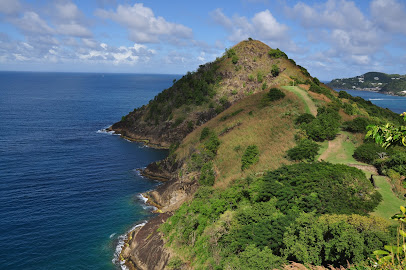
The Landings Resort and Spa, St. Lucia
Discover luxurious relaxation at The Landings Resort and Spa in St. Lucia, where Caribbean beauty meets modern elegance for an unforgettable escape.

Ti Kaye Resort & Spa
Discover the enchanting beauty of Ti Kaye Resort & Spa, where luxury meets nature in St. Lucia's stunning coastal paradise.
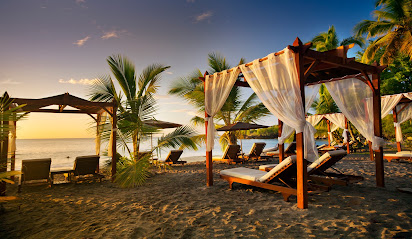
Gablewoods Shopping Mall
Discover Gablewoods Shopping Mall in St. Lucia, where shopping meets local culture in a vibrant, tropical setting.
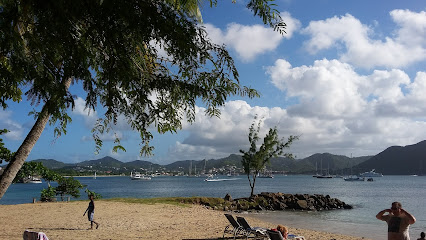
Gros Piton Nature Trail
Discover the natural wonder of Gros Piton Nature Trail in St. Lucia, a captivating hiking experience amidst lush landscapes and stunning views.
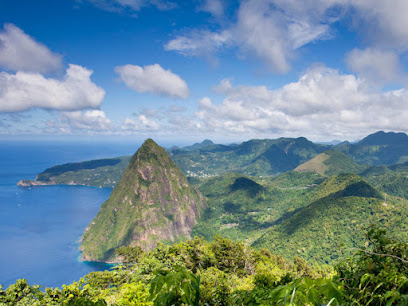
Duty Free Pointe Seraphine Shopping Complex
Explore unbeatable deals at Duty Free Pointe Seraphine Shopping Complex, where luxury meets local charm in St. Lucia.
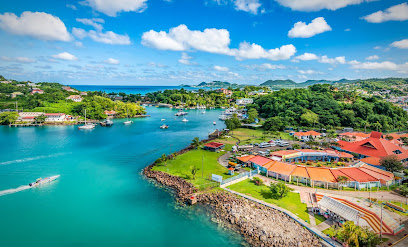
Pink Plantation
Experience the best of St. Lucia's cuisine at Pink Plantation, where authentic flavors meet breathtaking views in a tropical paradise.
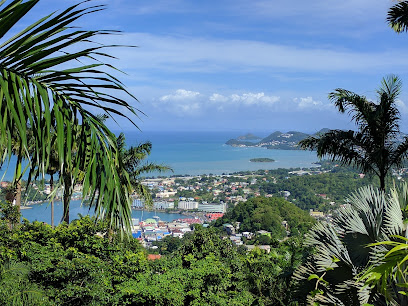
Fort Rodney
Discover the historical and natural wonders of Fort Rodney, a captivating site on Pigeon Island, St. Lucia offering breathtaking views and rich colonial history.
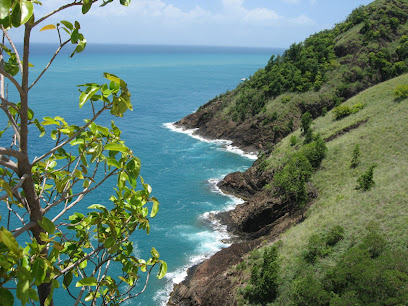
Eudovic's Art Studio
Discover the vibrant artistry of St. Lucia at Eudovic's Art Studio, where local talent meets Caribbean culture in a stunning setting.
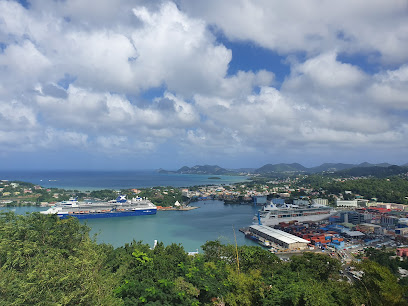
Splash Island Water Park St. Lucia
Experience the thrill of water slides and relaxation at Splash Island Water Park, St. Lucia's top family-friendly attraction with Caribbean charm.

Essential bars & hidden hideouts
Spinnakers Beach Bar And Carvery
Experience the taste of St. Lucia at Spinnakers Beach Bar and Carvery, where delicious food meets stunning ocean views.
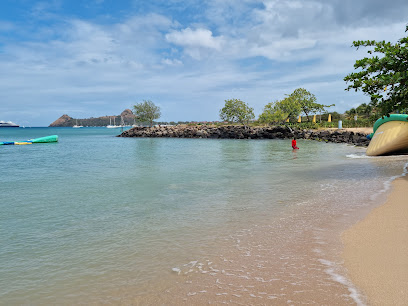
Naked Fisherman Restaurant
Experience the flavor of St. Lucia at Naked Fisherman Restaurant, where fresh seafood meets breathtaking ocean views for an unforgettable dining experience.

Ultra Lounge
Discover the vibrant nightlife of St. Lucia at Ultra Lounge, where exquisite dining meets lively entertainment in an unforgettable atmosphere.
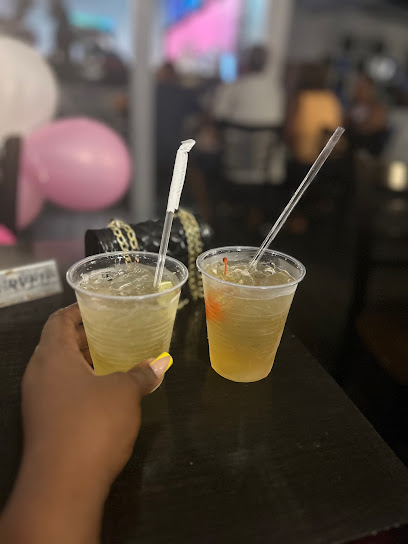
Si-Si Zebe/Prudy's Escape
Si-Si Zebe/Prudy's Escape in Gros Islet offers a vibrant bar experience with refreshing drinks, local entertainment, and an inviting Caribbean atmosphere.
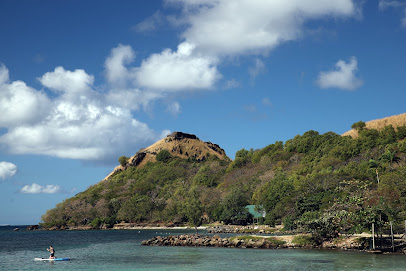
The Thirsty Parrot
Experience the vibrant flavors of St. Lucia at The Thirsty Parrot, where local cuisine meets a welcoming atmosphere.
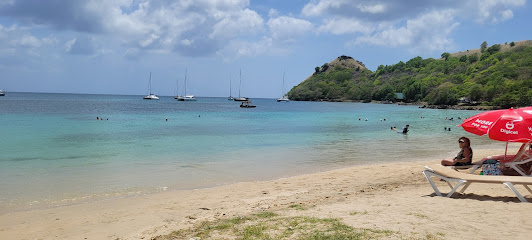
Agnes Heineken Bar
Experience the lively atmosphere and refreshing drinks at Agnes Heineken Bar, a must-visit hotspot in Gros Islet, St. Lucia.
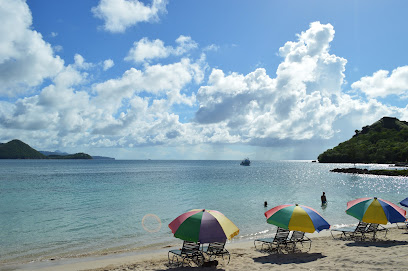
Jambe de bois
Discover the vibrant flavors of St. Lucia at Jambe de Bois, where Caribbean cuisine meets breathtaking views and a lively atmosphere.
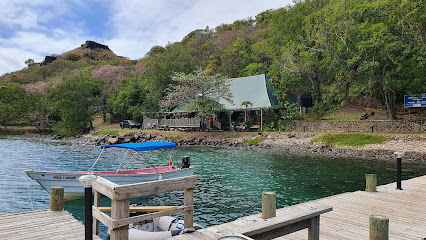
Irie Bar
Discover the vibrant atmosphere of Irie Bar in Gros Islet, St. Lucia, where great drinks and friendly vibes await every visitor.
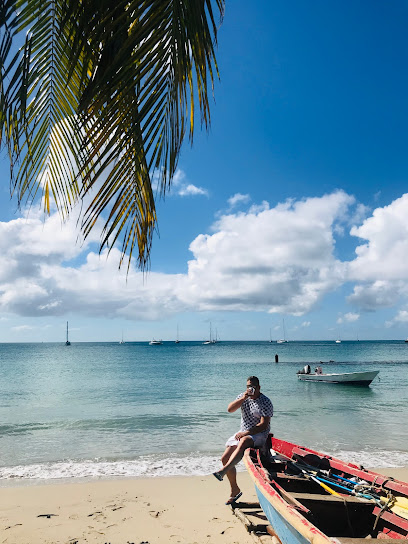
Barnacles
Savor the essence of Caribbean cuisine at Barnacles, where every dish is a journey through St. Lucia's vibrant flavors and stunning landscapes.

Joe's Grill and Chill
Experience the best barbecue at Joe's Grill and Chill in Gros Islet, St. Lucia, where great food meets stunning coastal views.
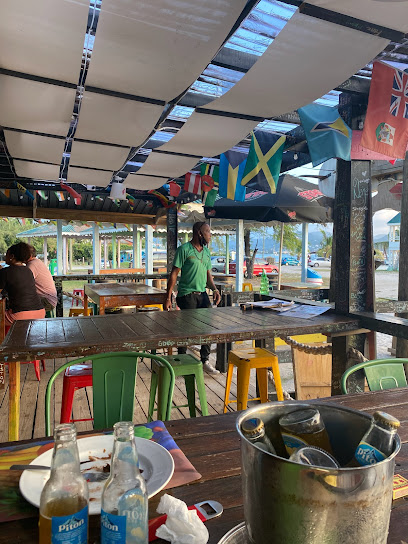
The Cockpit Pub
Discover the flavors of St. Lucia at The Cockpit Pub, where local dishes and a lively atmosphere create an unforgettable dining experience.
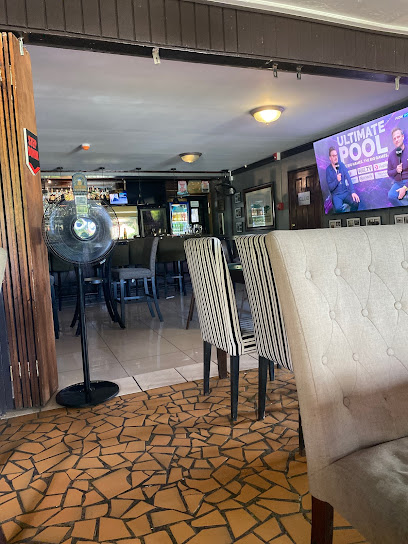
Buvon St. Lucia
Discover the vibrant cocktail culture and culinary delights of Buvon St. Lucia in the heart of Rodney Bay, perfect for a relaxing evening.
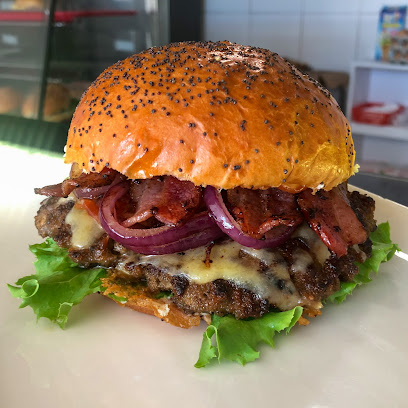
Gordons steakhouse
Experience the best of St. Lucia at Gordon's Steakhouse, where succulent steaks and exceptional service await in Gros Islet.
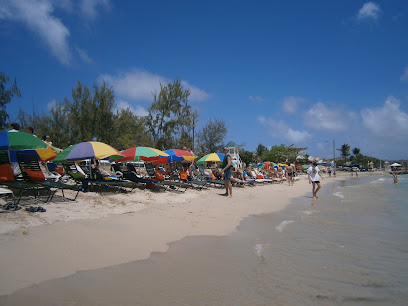
pigeon island pizza's
Discover the authentic taste of St. Lucia at Pigeon Island Pizza's, where every slice is a piece of paradise, perfectly paired with island vibes.

Local Phrases about Pigeon Island National Park
-
- HelloBonjour
[Bohn-zhoor] - GoodbyeAurevoir
[Oh-reh-vwah] - YesWi
[Wee] - NoNon
[Noh] - Please/You're welcomeSi ou plait
[See oo pleh] - Thank youMèsi
[Meh-see] - Excuse me/SorryPardon
[Pahr-dohn] - How are you?Kijan ou ye?
[Kee-jahn oo yeh?] - Fine. And you?Byen. E ou menm?
[Byehn. Ay oo mehnm?] - Do you speak English?Eske ou pale angle?
[Eh-skay oo pahl ahn-glay?] - I don't understandMwen pa konprann
[Mwehn pah kohn-prahn]
- HelloBonjour
-
- I'd like to see the menu, pleaseMwen ta renmen wè meni an, silvouple
[Mwehn tah rehn-mehn way meh-nee ahn, see-voo-pluh] - I don't eat meatMwen pa manje vyann
[Mwehn pah mahnjeh vee-yahn] - Cheers!Santé!
[Sahn-tay!] - I would like to pay, pleaseMwen ta renmen peye, silvouple
[Mwehn tah rehn-mehn pay-yeh, see-voo-pluh]
- I'd like to see the menu, pleaseMwen ta renmen wè meni an, silvouple
-
- Help!Sele!
[Seh-leh!] - Go away!Ale!
[Ah-leh!] - Call the Police!Rele la Polis!
[Reh-leh lah Poh-lees!] - Call a doctor!Rele yon doktè!
[Reh-leh yohn dohk-teh!] - I'm lostMwen pedi
[Mwehn peh-dee] - I'm illMwen malad
[Mwehn mah-lahd]
- Help!Sele!
-
- I'd like to buy...Mwen ta renmen achte...
[Mwehn tah rehn-mehn ahsh-tay...] - I'm just lookingMwen jis gade
[Mwehn zhees gahd] - How much is it?Konbyen sa koute?
[Kohn-byehn sah koot?] - That's too expensiveSa twò chè
[Sah twah sheh] - Can you lower the price?Ou kapab redwi pri a?
[Oo kah-pahb reh-dwee pree ah?]
- I'd like to buy...Mwen ta renmen achte...
-
- What time is it?Kisa lè li ye?
[Kee-sah leh lee yeh?] - It's one o'clockLi yonè
[Lee yoh-neh] - Half past (10)Dyamidi
[Jyah-mee-dee] - MorningMaten
[Mah-tehn] - AfternoonApremidi
[Ah-preh-mee-dee] - EveningAswè
[Ah-sweh] - YesterdayYè
[Yeh] - TodayJodi
[Joh-dee] - TomorrowDemen
[Deh-mehn] - 1Yon
[Yohn] - 2De
[Deh] - 3Twaz
[Twa] - 4Kat
[Kaht] - 5Senk
[Sanhk] - 6Sis
[Sees] - 7Sèt
[Set] - 8Wit
[Weet] - 9Nèf
[Nef] - 10Dis
[Dees]
- What time is it?Kisa lè li ye?
-
- Where's a/the...?Ki kote...
[Kee koh-teh...] - What's the address?Ki adres la?
[Kee ah-drehs lah?] - Can you show me (on the map)?Ou ka montre mwen (sou kat la)?
[Oo kah mohn-tray mwehn (soo kaht lah)?] - When's the next (bus)?Ki lè pròchenn ap pase?
[Kee leh proh-shen ah pah-seh?] - A ticket (to ....)Yon tikè (pou ....)
[Yohn tee-keh (poo ....)]
- Where's a/the...?Ki kote...
History of Pigeon Island National Park
-
Long before European colonization, Pigeon Island was inhabited by the Arawak and later the Carib peoples. These indigenous groups utilized the island for its strategic location, fertile land, and abundant fishing opportunities. Archaeological evidence, including pottery fragments and tools, attests to their presence and activities on the island.
-
Pigeon Island’s significance grew with the arrival of European explorers in the 16th century. The French first claimed Saint Lucia in 1650, and Pigeon Island became a focal point for their military developments. They recognized the island's strategic importance in controlling the surrounding waters and protecting their interests in the Caribbean.
-
In the late 18th century, British Admiral George Rodney fortified Pigeon Island to serve as a naval base during the Anglo-French Wars. The construction of Fort Rodney and its associated barracks, gun batteries, and signal stations transformed the island into a formidable military outpost. The fortifications provided a critical vantage point for monitoring French naval movements and played a pivotal role in the Battle of the Saints in 1782.
-
The Battle of the Saints, fought in April 1782, was a decisive naval engagement between the British and French fleets. From the vantage point of Fort Rodney on Pigeon Island, Admiral Rodney’s forces could observe and engage the French fleet under Admiral de Grasse. The British victory in this battle solidified their control over the Caribbean and underscored Pigeon Island’s strategic military importance.
-
Following the end of the Napoleonic Wars, Pigeon Island's military significance waned, and its fortifications were gradually abandoned. The island transitioned to a quieter existence, with sporadic use for agricultural purposes and as a quarantine station. The remnants of the military structures slowly succumbed to the ravages of time and nature.
-
In 1979, recognizing the historical and cultural value of Pigeon Island, the Saint Lucia National Trust established Pigeon Island National Park. This initiative aimed to preserve the island’s rich history and natural beauty for future generations. The park features restored military ruins, a museum, and walking trails, offering visitors a glimpse into the island’s storied past.
-
Today, Pigeon Island National Park serves as a cultural and recreational hub. It hosts numerous events, including the renowned Saint Lucia Jazz Festival. Visitors can explore the historical sites, enjoy panoramic views from the fortifications, and relax on the island’s pristine beaches. The park stands as a testament to Saint Lucia’s diverse history and enduring cultural heritage.
Pigeon Island National Park Essentials
-
Pigeon Island National Park is located in the northern part of Saint Lucia, near Gros Islet. The nearest international airport is Hewanorra International Airport (UVF), approximately 70 kilometers away. From the airport, you can take a taxi or rent a car for the drive, which typically takes around 1.5 hours. Alternatively, George F. L. Charles Airport (SLU) in Castries is closer, around 15 kilometers away, and offers domestic and regional flights. From Castries, a taxi or rental car can get you to Pigeon Island in about 30 minutes.
-
Once you are in Saint Lucia, the most convenient way to get to Pigeon Island National Park is by car. Taxis are readily available and can be hired for the journey. Rental cars are also an option, providing the flexibility to explore the island at your own pace. Public buses operate between major towns and cities, including Castries and Gros Islet, but services to Pigeon Island may be limited. For those staying in nearby resorts, many offer shuttle services to the park.
-
The official currency in Saint Lucia is the Eastern Caribbean Dollar (XCD). US Dollars are widely accepted, but it is advisable to carry local currency for smaller establishments and entrance fees. Credit cards are accepted at most hotels, restaurants, and larger shops. ATMs are available in Gros Islet and Castries, where you can withdraw cash in XCD.
-
Saint Lucia is generally a safe destination for tourists, including Pigeon Island National Park. However, it is wise to take standard safety precautions. Avoid walking alone at night in unfamiliar areas and be cautious of your belongings in crowded places. While there are no specific high-crime areas targeting tourists near the park, it is always best to stay vigilant and aware of your surroundings.
-
In case of emergency, dial 911 for immediate assistance. The nearest medical facilities are in Gros Islet and Castries. It is recommended to have travel insurance that covers medical emergencies. For minor health issues, there are pharmacies in Gros Islet where you can purchase over-the-counter medications.
-
Fashion: Do wear comfortable and breathable clothing suitable for tropical weather. Don't wear overly revealing swimwear outside of beach areas. Religion: Do respect local customs and traditions. Public Transport: Do be polite and considerate to other passengers. Don't play loud music or create disturbances. Greetings: Do greet people with a friendly hello or good day. A smile goes a long way. Eating & Drinking: Do try local delicacies and enjoy the island's unique cuisine. Don't refuse hospitality, as it is considered impolite.
-
To experience Pigeon Island National Park like a local, visit during the annual Saint Lucia Jazz Festival when the park becomes a hub of cultural activities. Pack a picnic and enjoy it on the beach or under the shade of the park's trees. Engage with the park rangers and guides, who can share fascinating stories about the island's history and natural beauty. Don't miss the hike up to Fort Rodney for panoramic views of the island and the Caribbean Sea.
Trending Landmarks in Pigeon Island National Park
-
Diamond Falls Botanical Gardens & Mineral Baths
-
Tet Paul Nature Trail
-
Morne Coubaril Historical Adventure Park
-
Gros Piton Nature Trail
-
Fort Rodney
-
Rodney Bay
-
Splash Island Water Park St. Lucia
-
Pigeon Island
-
Signal Peak
-
Jambe de bois
-
Gros Islet Beach
-
Pigeon Island Beach
-
Bideau Park
-
Mt. Pimard Trail
-
Maria Islands Nature Reserve
Nearby Cities to Pigeon Island National Park
-
Things To Do in Gros Islet
-
Things To Do in Castries
-
Things To Do in Dauphin
-
Things To Do in Marigot Bay
-
Things To Do in Anse la Raye
-
Things To Do in Canaries
-
Things To Do in Praslin
-
Things To Do in Soufrière
-
Things To Do in Malgretoute
-
Things To Do in Micoud
-
Things To Do in Choiseul
-
Things To Do in Laborie
-
Things To Do in Vieux Fort
-
Things To Do in Georgetown
-
Things To Do in Chateaubelair







